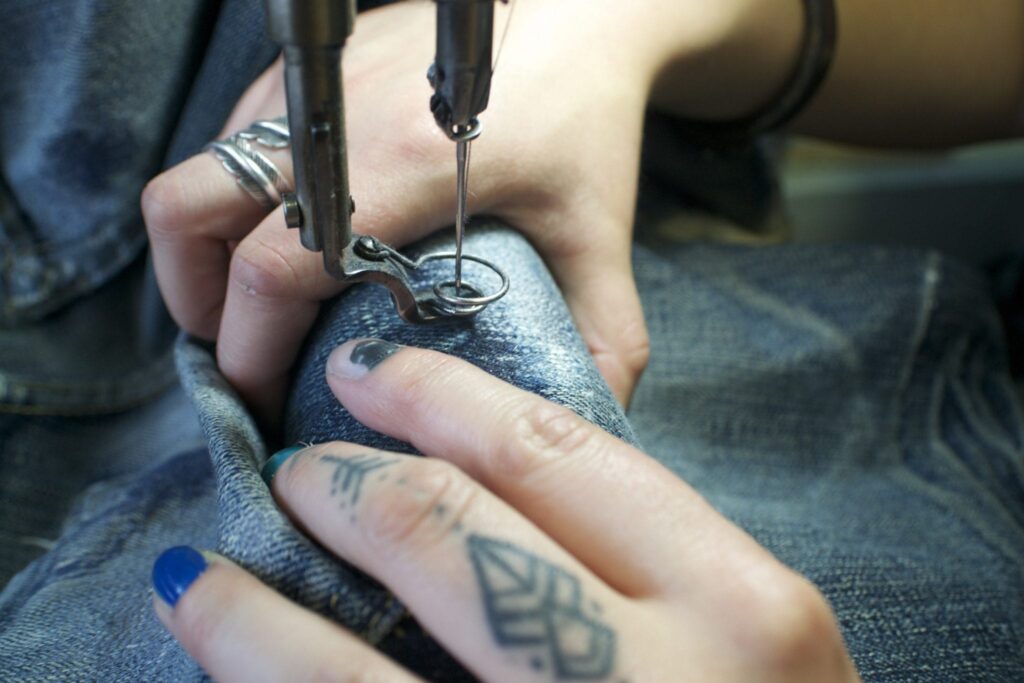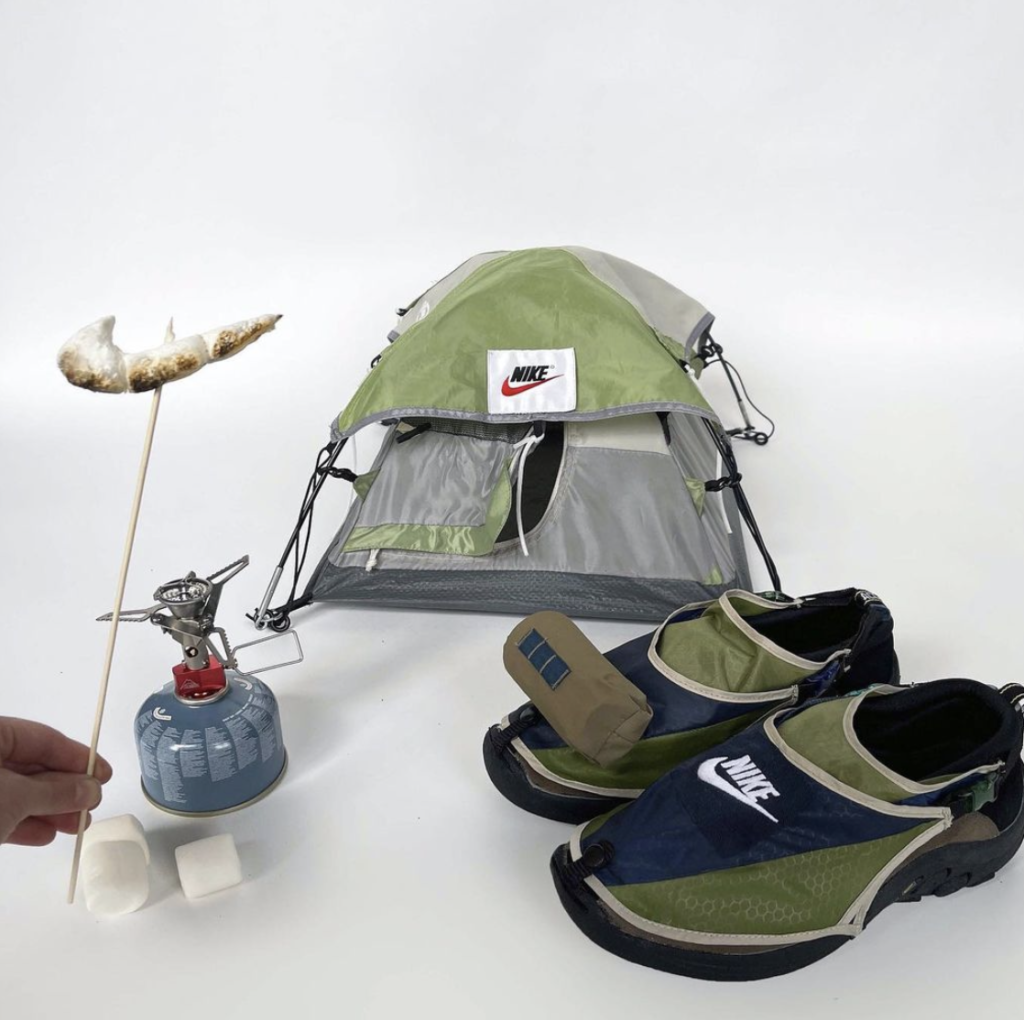
We are constantly challenged in this day to use less water, to use waste less, to recycle more. I think for the most-part we know what that looks like but we don’t know how to get there. I am a soft good designer in the heart of Salt Lake City, Utah. I have spent a good amount of time learning how I (a sole consumer and a designer) can do my part to be sustainable within the textile/clothing realm.
What I’ve learned is that there is more than one way to be sustainable: Recycling and keeping things out of the landfill. I think most people think of being sustainable as recycling but forget about keeping things out of landfills. I am going to focus on how we can practice both of those in the realm of clothing.
What You Already Have
The Closet
Let’s start with the most obvious, your closet. I would recommend going through your closet maybe once every 2 months, at least, to clean out what you aren’t wearing anymore, what is ripped but repairable, as well as ripped and unrepairable.
For clothes that you still wear, read the tags for washing instructions. As simple as this sounds, they are the instructions for how to wash your clothes, yet, we ignore those all the time. If something is unclear, or the label is no longer readable, there are resources online that help you wash your clothes the correct way. By washing clothes the correct way, you increase the life of the garment thus keeping it out the landfill longer. If you want to take one more step further toward sustainability, try air drying your clothes instead of wasting energy with a dryer.
Textiles that are no longer being used but are still in good condition. First, look to friends and family and sell or giveaway clothing. There isn’t really a reason clothes like this should ever be thrown away. I feel like most people already do practice this.
Textiles that can be repaired: Outside of my apartment there is a community dumpster and recycling bin. On occasion I will notice in the recycling bin, someone attempted to throw away a pair of pants, a jacket, or a shirt. We ALWAYS check the condition, pull out these items, repair them, wash them, and if they aren’t our style, sell them. This might be an extreme way to look at it, but it is SHOCKING how much people throw away that can still be used.
How can you know if something can be fixed? It almost always can. There is always someone willing to help too. If you have the tools then look up a YouTube video. There is always a video out there to help.
Textiles that are beyond repair seems like it’s a sad thing but really they still have a life beyond it’s original purpose. This is my favorite part of sustainability.
Creating a new life for a textile is the most beautiful and creative thing I can think of for a textile. There are several designers starting to pop up and showing what’s really possible in this realm. One of my favorites is Nicole McLaughlin who takes factory defects and turns them into a clothing item or an accessory. You don’t have to be original, and it doesn’t have to be technical. It just matters that you make it something you (or someone else) will use and that it will last.
I have used several pairs of old pants to make a denim jacket. I have also used the remains of the same pair of pants to make my dog a harness. I have turned old pairs of pants into shorts and used the cut off portion of the pants for rags. Some of these projects are more technical, some are very simple and still follows the guideline of “are you using it? and will it last?”
Continuing the life of a textile in a new life cycle is a very simple way to save textiles that are beyond repair. One way is to take old garments in this condition and cut them up to make them into cleaning rags. Get creative, and continue the garment’s use.

What You Don’t Yet Own
Before Shopping
To keep it simple: do your homework. Research what companies you really want support and want to buy from. I think Certified B corporations are always nice because they are always transparent with the consumer on where fabric is sourced, the manufacturer’s practices, as well as their personal environmental impact.
Look at the “About Us” section in companies websites and see what they support and what action they are taking.
While Shopping
Look at the clothing style and determine if it is a trend or a staple. If it is a trend these are items that come in and out of style. This is something that you will realistically wear a few times in a year and get rid of them. To be more sustainable avoid buying these items.
Instead, look at styles that are staples. Meaning, the garments will be relevant for a longer amount of time. An example of this would be denim pants. Jeans have a lot of different styles but each style is all still pretty relevant or is at least relevant for more than one year at a time.
Recap of ways to be sustainable:
- What you already have
- Clothes you currently wear – look at washing and drying instructions on garment tag and follow them. BONUS – air dry your clothes
- Clothes in good condition but aren’t worn – resell to friends family or strangers
- Textiles that can be repaired – repair them whether you hire someone or do it yourself. Get resourceful
- Textiles beyond repair – Get creative and repurpose fabric. Look up ideas on Pinterest. You can also use the torn garment for rags
- What you don’t actually have
- Before shopping do your research and look for companies that are transparent about their ecological effect.
- While shopping avoid buying clothes that go in and out of trend and instead buy clothes that are staples
By Boman Caldwell & Evan Glassman